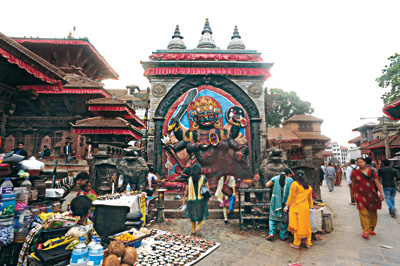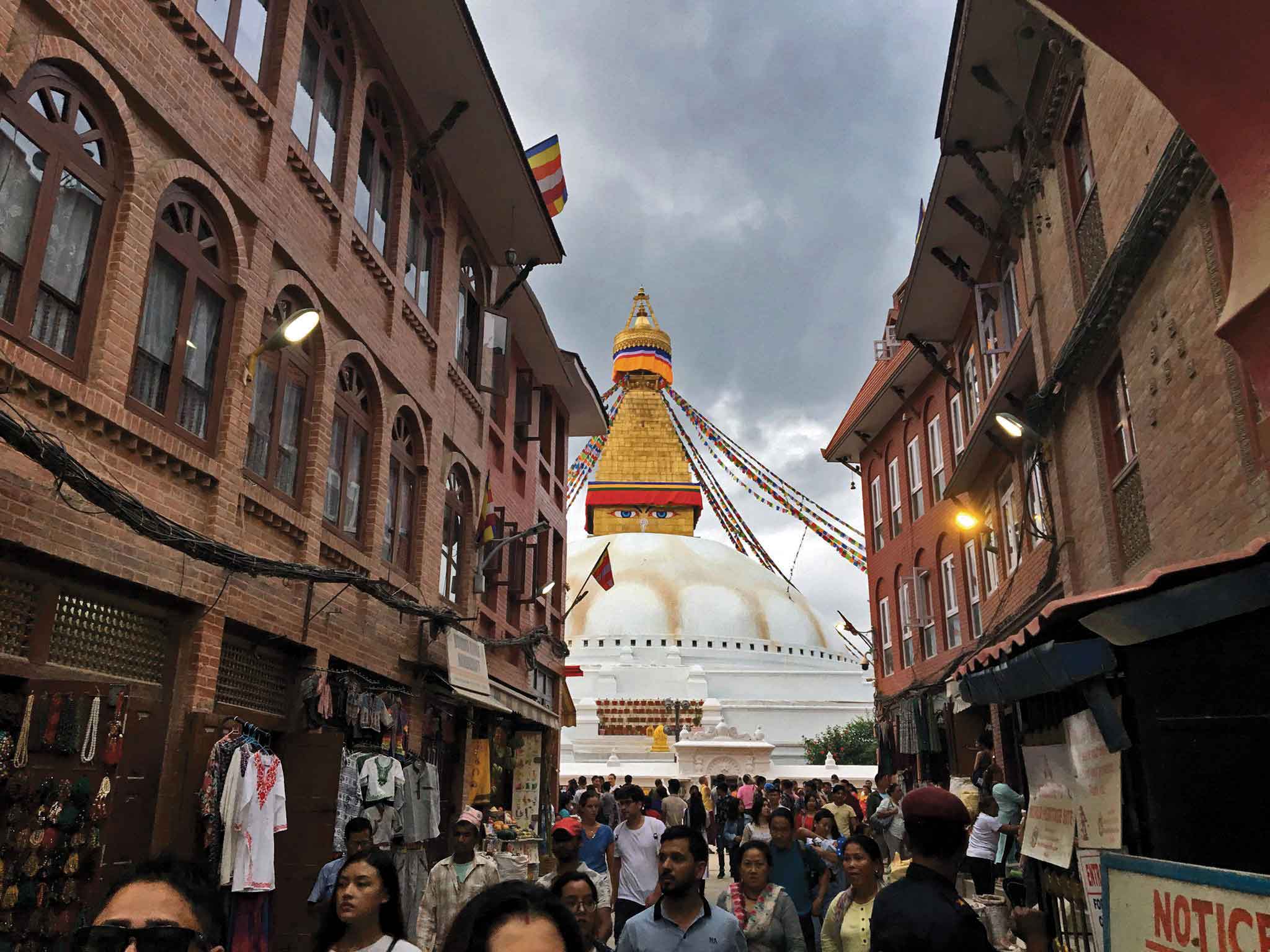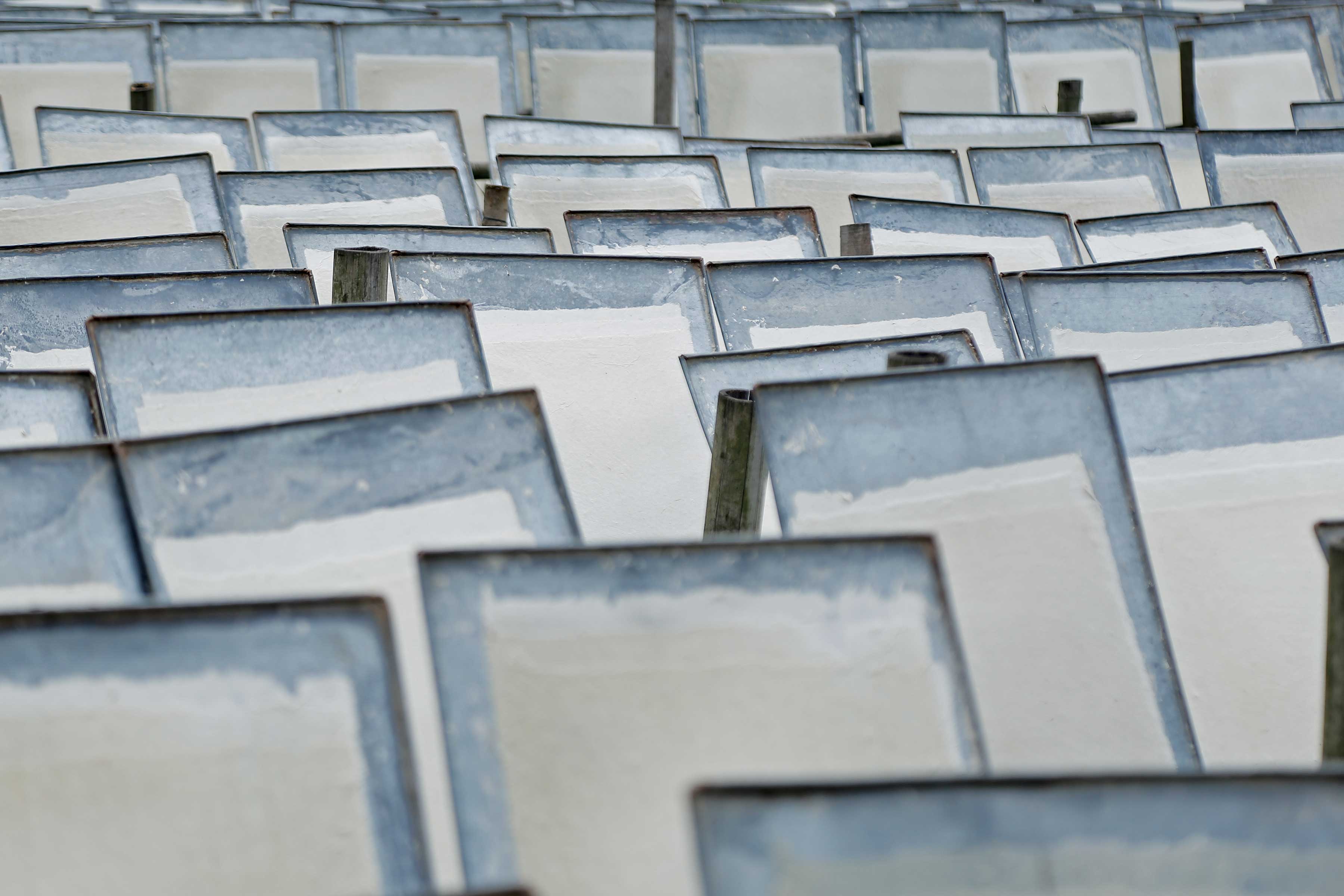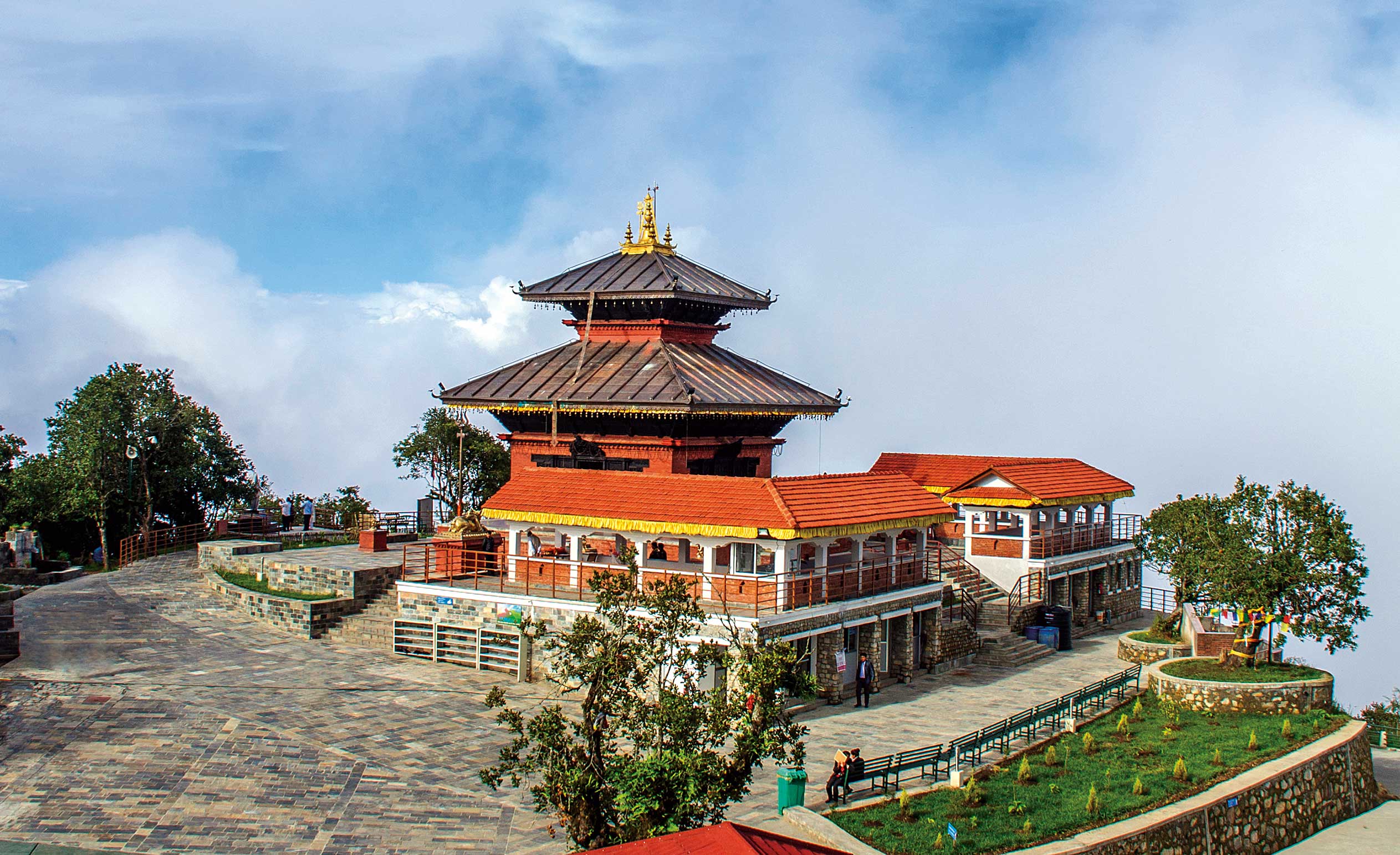 Trust is such a sought after and yet elusive commodity. When we get into a taxi, we do not sign a contract. The understanding is that you will get to the destination for a fee that appears in the meter. There is a green striker on the windshield of most vehicles that ply in Kathmandu. This is proof that the emission from the vehicle is well within the legal limit. However, the drivers and owners tell us that they paid ten times the official rate for them, as they kept “failing” the emission tests. Most drivers and vehicle owners and policemen and women do not know what the green strikers indicate but clearly understand that it is one way to increase “revenue”.
Trust is such a sought after and yet elusive commodity. When we get into a taxi, we do not sign a contract. The understanding is that you will get to the destination for a fee that appears in the meter. There is a green striker on the windshield of most vehicles that ply in Kathmandu. This is proof that the emission from the vehicle is well within the legal limit. However, the drivers and owners tell us that they paid ten times the official rate for them, as they kept “failing” the emission tests. Most drivers and vehicle owners and policemen and women do not know what the green strikers indicate but clearly understand that it is one way to increase “revenue”.
At Hanumandhoka, in the old palace area of Kathmandu, is a police detention center and in front of it is a very large statue of the Kaal Bhairab. The statue was installed there by King Pratap Malla in the middle of the 17th century. The ferocious Bhairab has served rulers in the past well to control corruption by swearing in all administrators in his presence. Call it fear, superstition or blind faith, the people swore that they would not steal or be corrupt or lie; or die a horrible death “vomiting blood”. Historians tell us that the statue is dated to a much older time.
To get insight as to why corruption is on the rise and across all aspects of life and society, we may want to turn to our rich oral heritage once again. In east Nepal, as the corn begins to ripen, as is happening now, the bears come down from the hill and the forests, to eat them. The elders tell us that the normal response of the farmers is to get together and beat drums, metal buckets and anything else that they can get their hands on. The deafening noise is expected to drive the bears away. Just as reports in the media, publications of “state of corruption reports” or “corruption index” and Nepal’s position relative to other countries, is going to drive corrupt people away. What really happens is quite different than one might expect. The bears do not run away. They just begin to eat the corn faster.
We see it all around us. The political transition and uncertainty means no one gets to serve the full term. One could be removed from power any time. Given the current volatile situation, a prominent social scientist recently spelt corruption as, “core option”. The people who issue green stickers from the taxis, drivers who then tamper fare meter, the gas station owner that tweaks his pump, the car repair people who sell over priced and poor quality spare parts , all seem to have a good justification for their actions. It almost seems like there are no losers in all of this. From issuing “green” stickers to valuating goods at costumes, from issuing government papers to supplying basic services; there is an extra rupee to be made.
In our daily life and historically, corruption is not new. What is new is that people do not fear anyone or any authority anymore. There was at time when taking an oath of office in front of the mighty and ferocious Bhairab worked. Now we need to rethink how we might instill fear or a sense of respect. If there was a good time to start introducing the ritual of “taking an anti corruption oath” in front of the Kaal Bhairab, this could be it. ■










